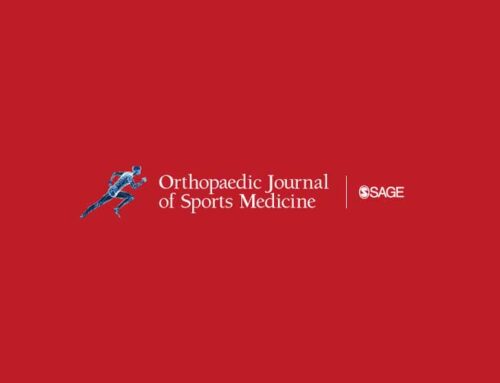Authors
Schairer WW, Nwachukwu BU, Fu MC, Warren RF
Abstract
PURPOSE:
To use a population-level dataset to evaluate the rate of 30-day complications after rotator cuff repair, and to evaluate the risk factors for complication and unplanned hospital readmission.
METHODS:
We used the American College of Surgeons National Surgical Quality Improvement Program from 2011 to 2015 to identify patients who underwent rotator cuff repair and concomitant procedures using Current Procedural Terminology codes. Postoperative complications and unplanned hospital readmissions were identified. Patient demographics, medical comorbidities, and perioperative variables were used in a multivariate logistic regression model to identify the risk factors for infection, any complication, and unplanned hospital readmission.
RESULTS:
A total of 23,741 patients were identified who underwent rotator cuff repair. Overall, 1.39% of patients experienced at least 1 complication, with 0.66% minor complications and 0.85% major complications. Unplanned readmission occurred in 1.16% of patients. Infection was the most common complication, occurring in 0.3% of patients (n = 72), and was the most common reason for return to the operating room. Open rotator cuff repair and male gender were independent risk factors for all outcomes. Increased age and numerous medical comorbidities were associated with the risk of any complication or unplanned hospital readmission.
CONCLUSIONS:
Rotator cuff repair has a low incidence of short-term complications. Infection was the most common complication. Open repair, male gender, increased age, and medical comorbidities all significantly increased the risk of complications and hospital readmission.
LEVEL OF EVIDENCE:
Level IV, case series.
View: Risk Factors for Short-term Complications After Rotator Cuff Repair in the United States.









